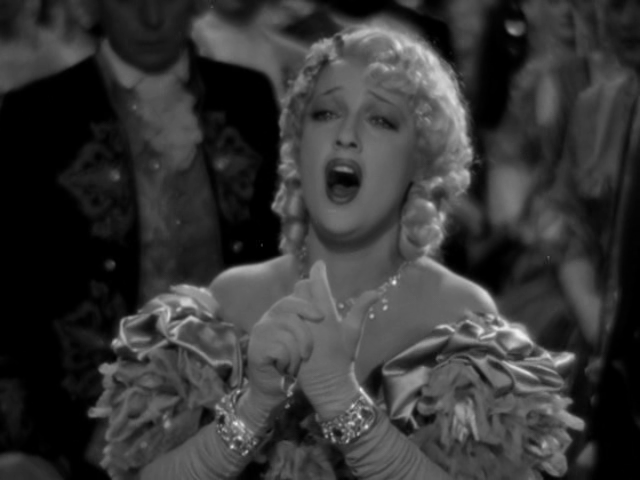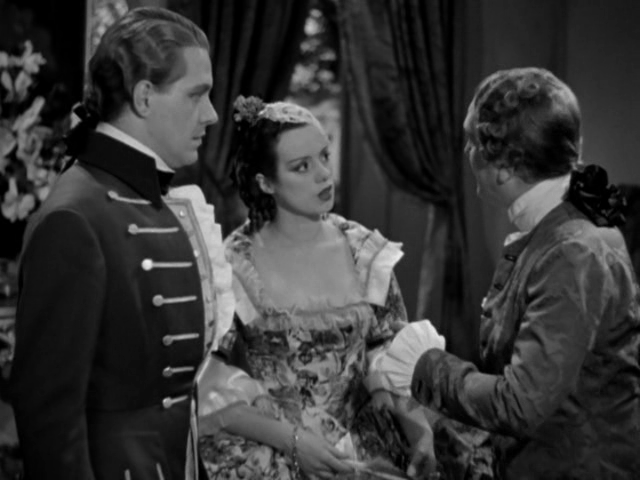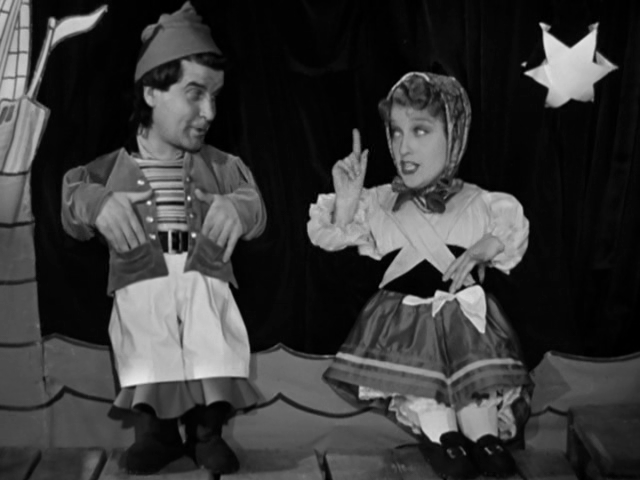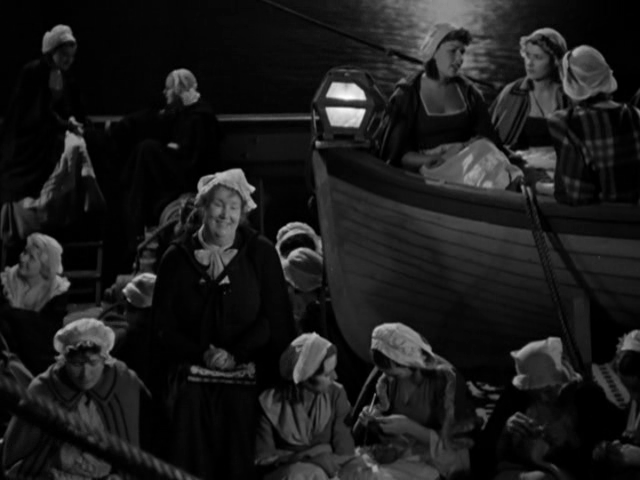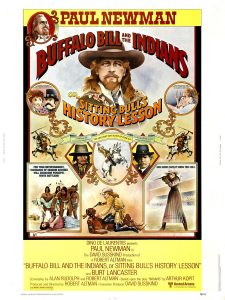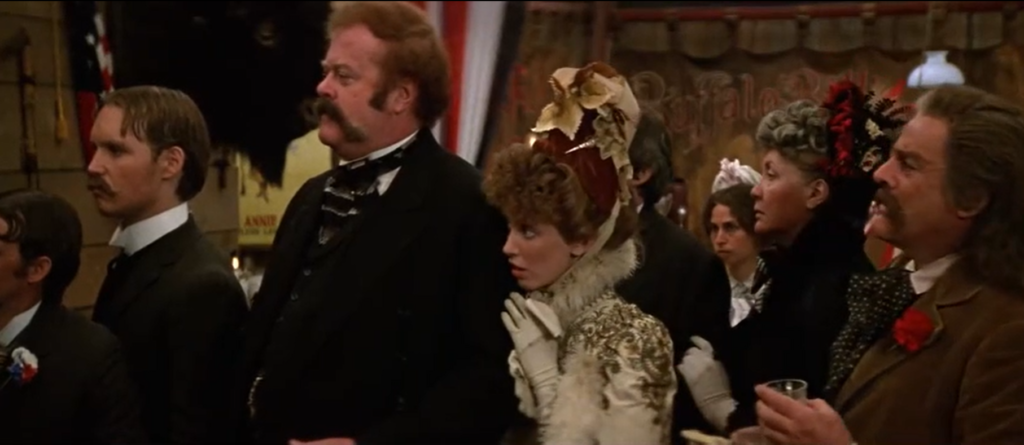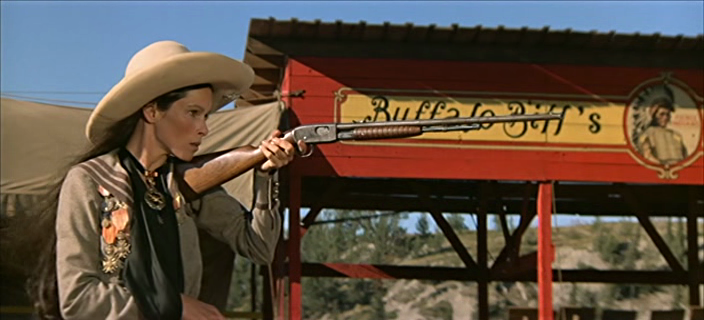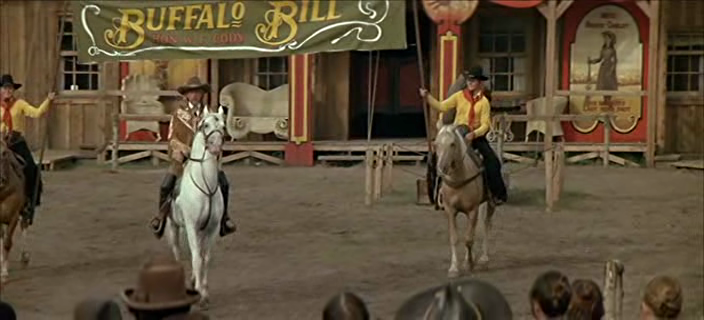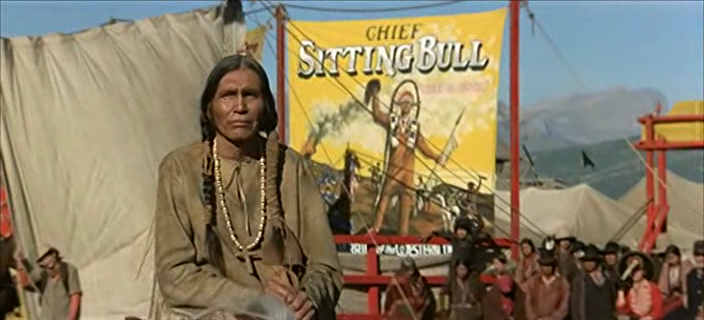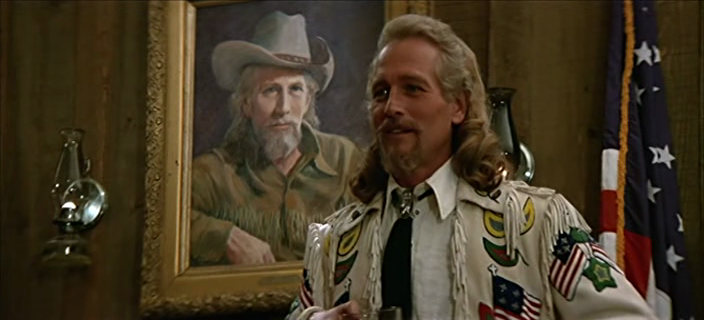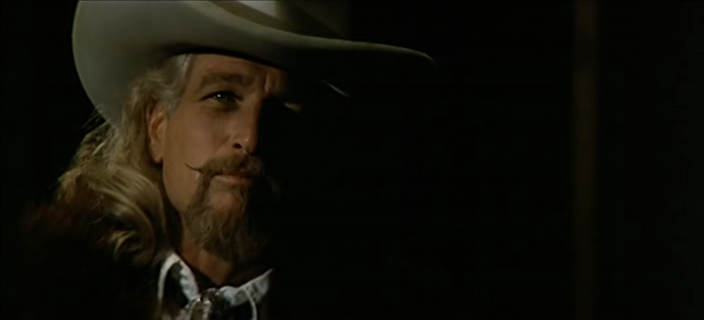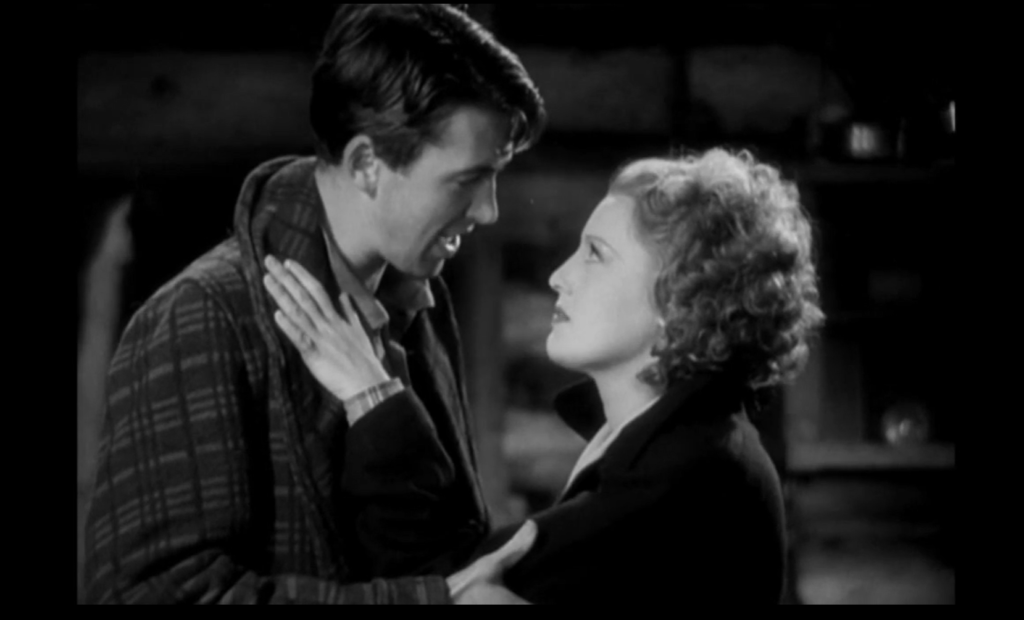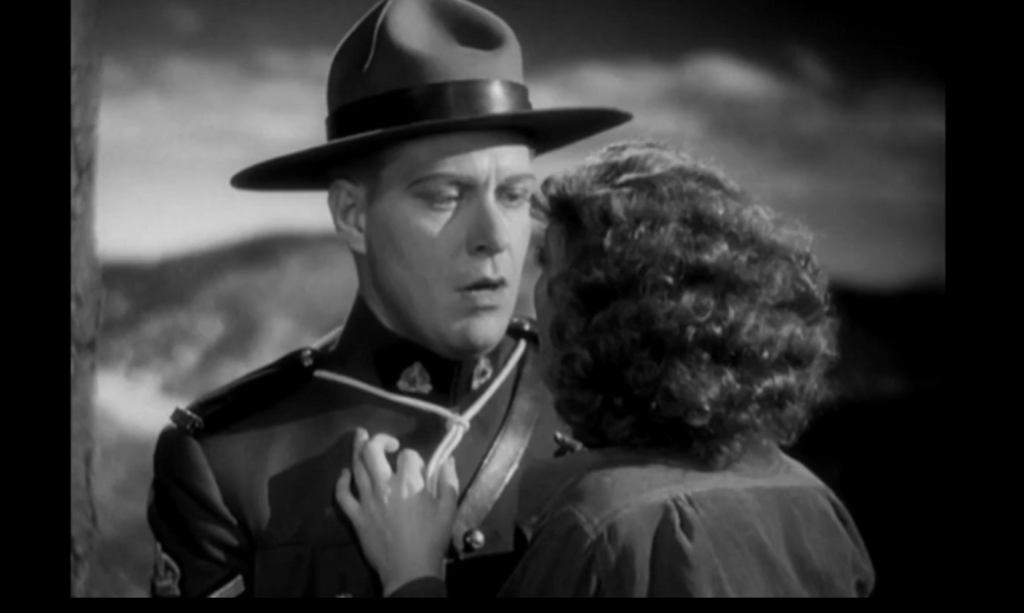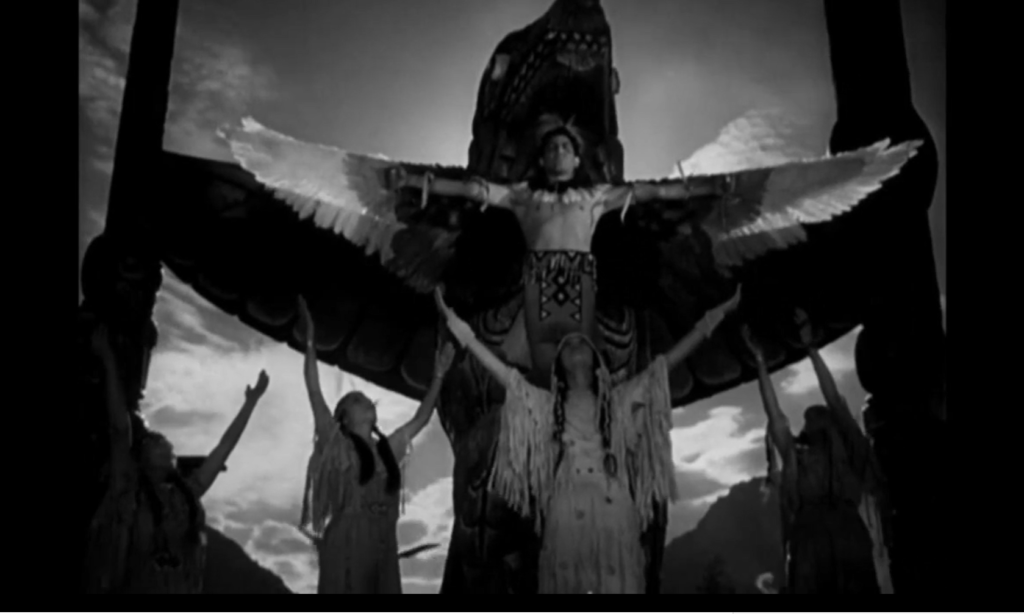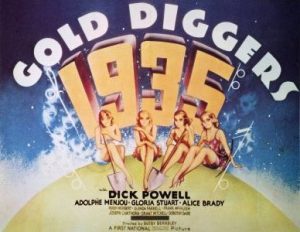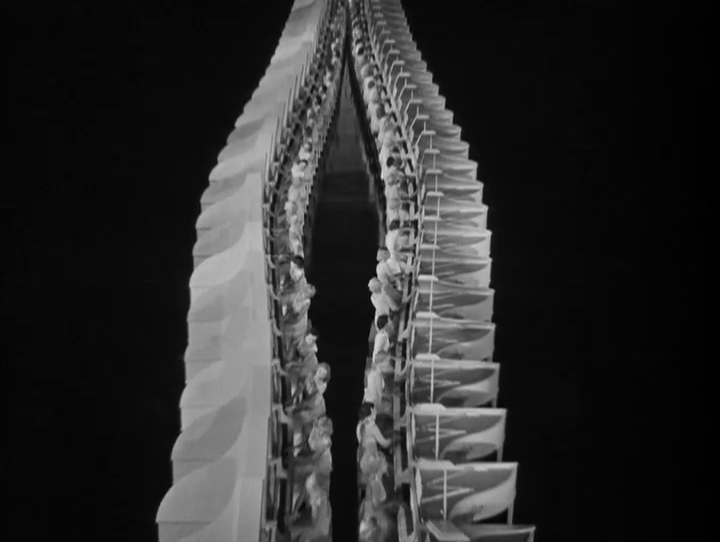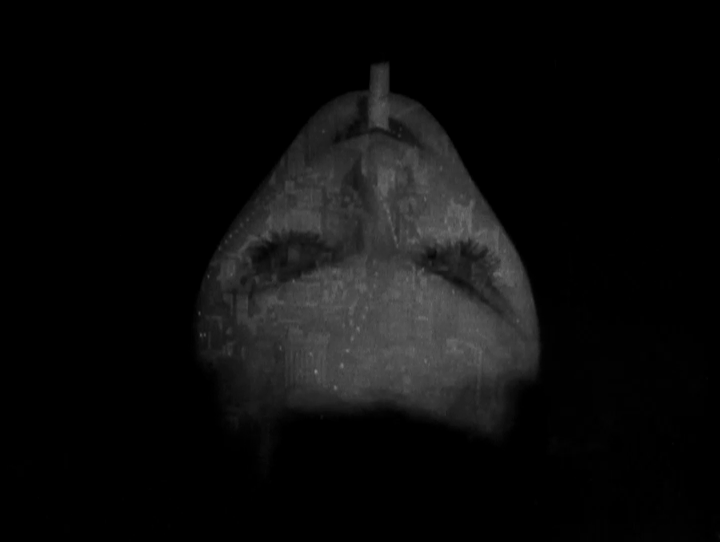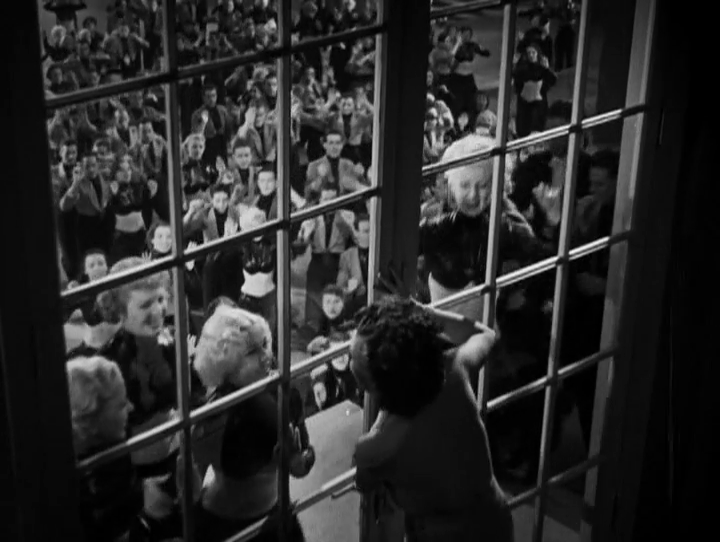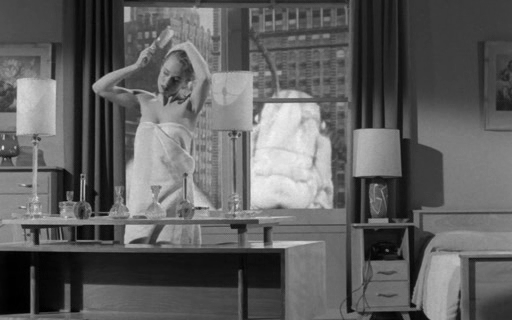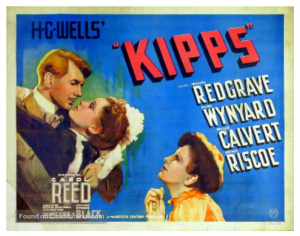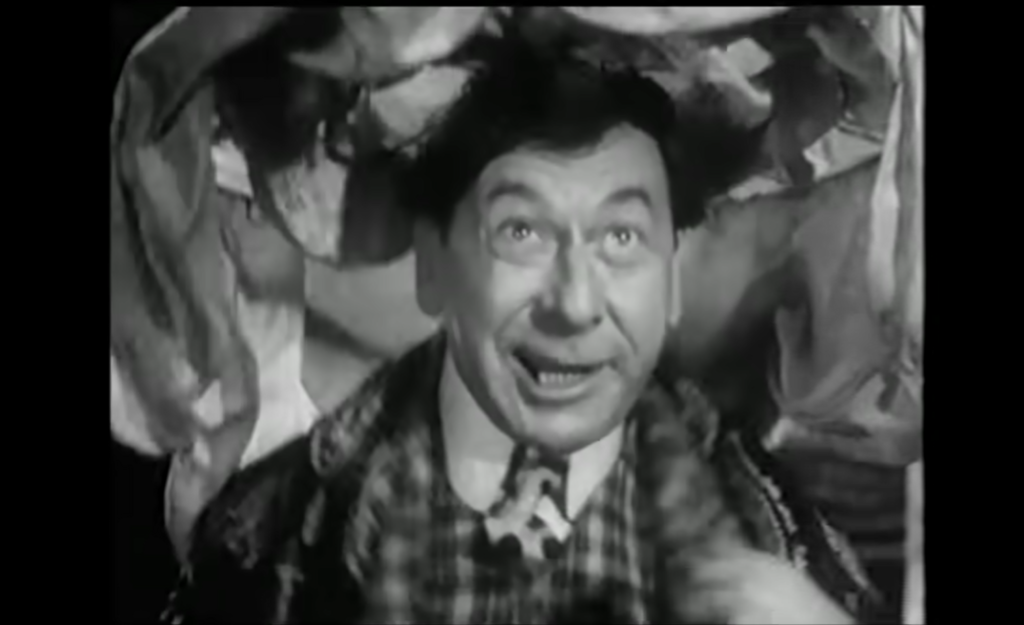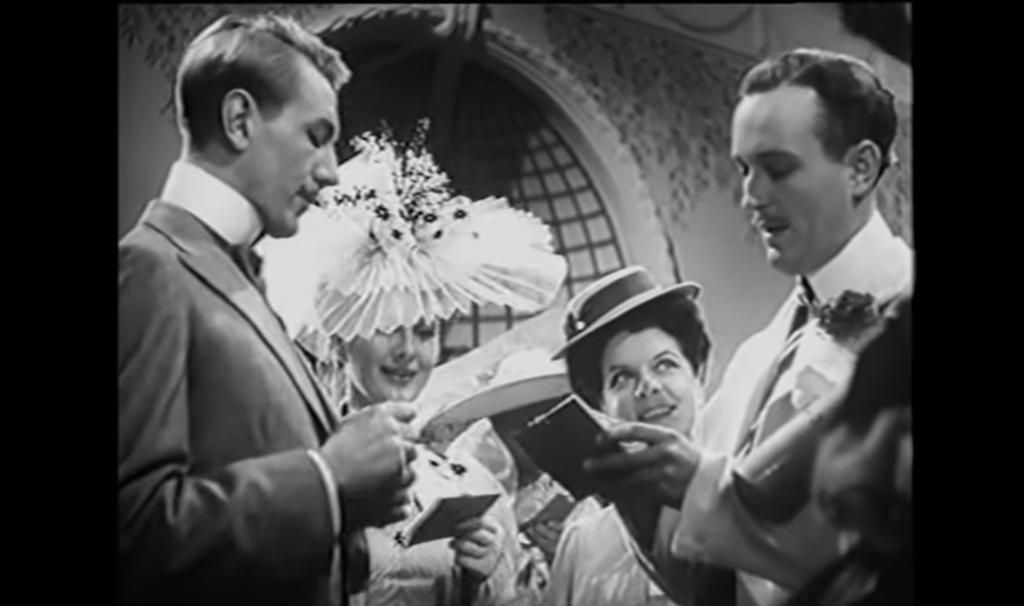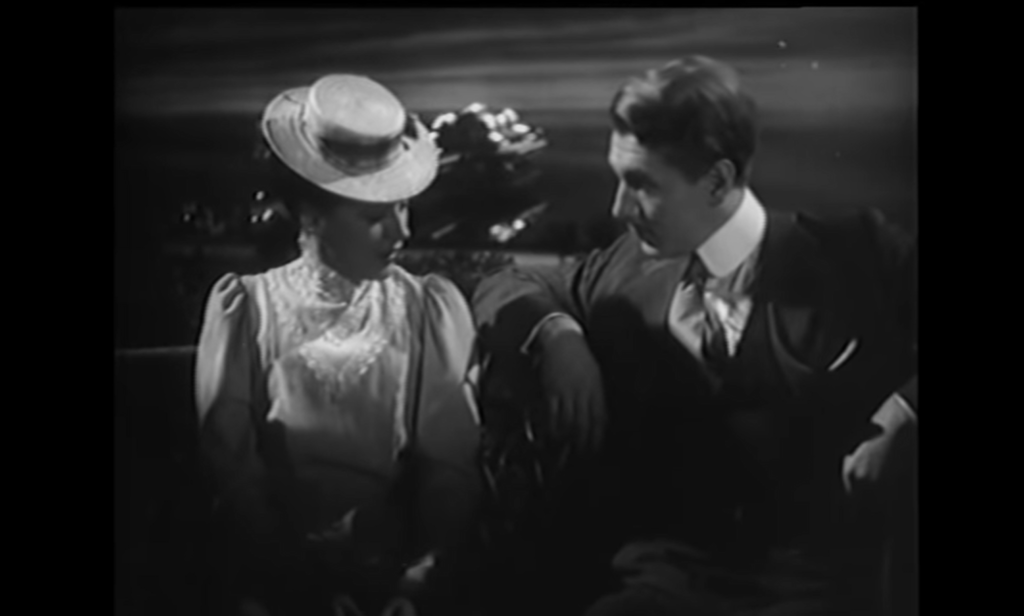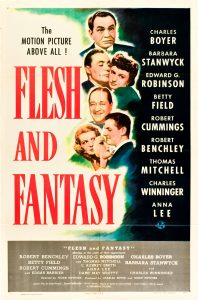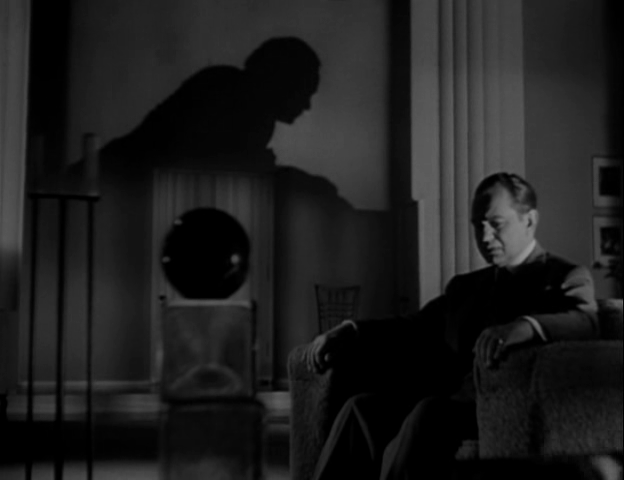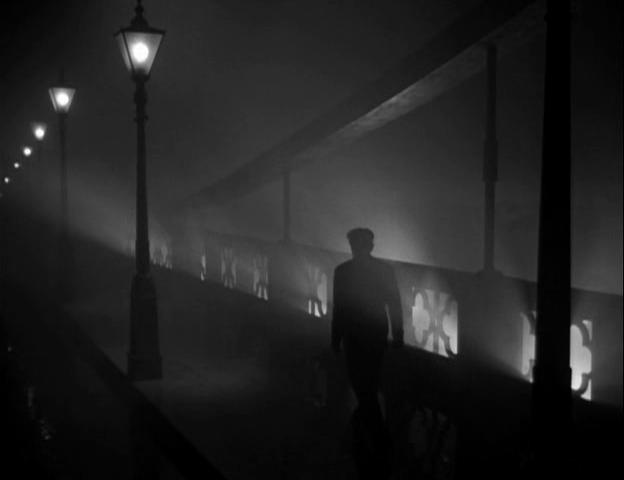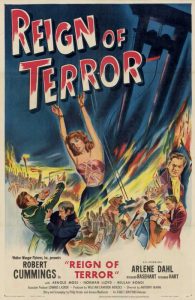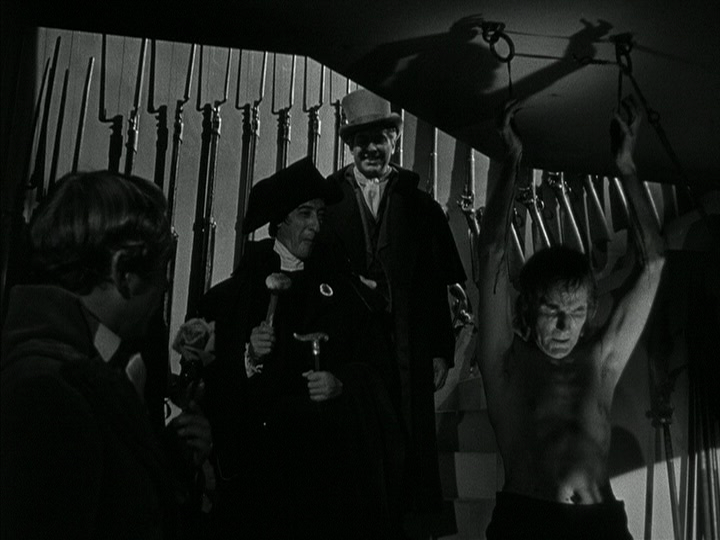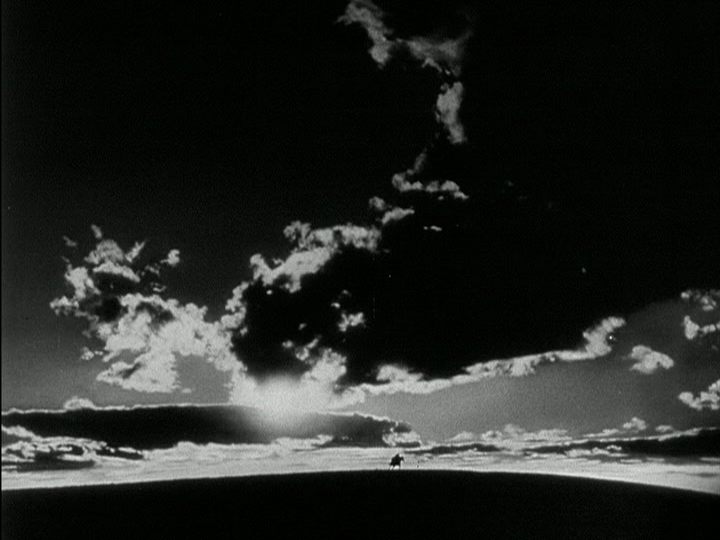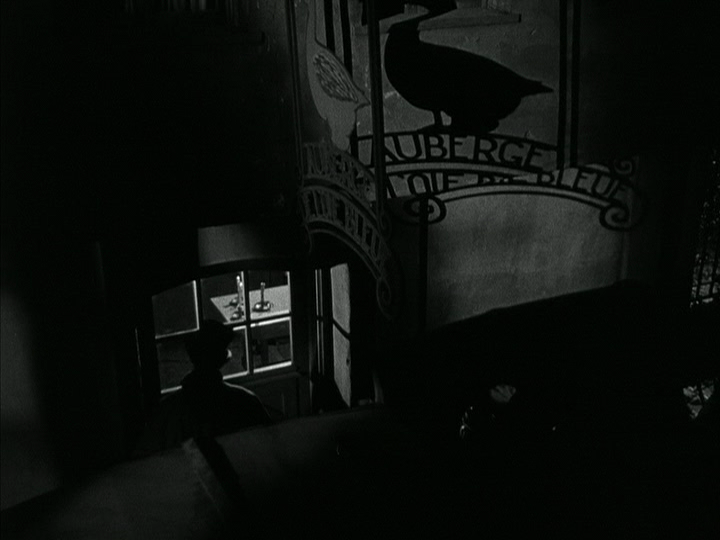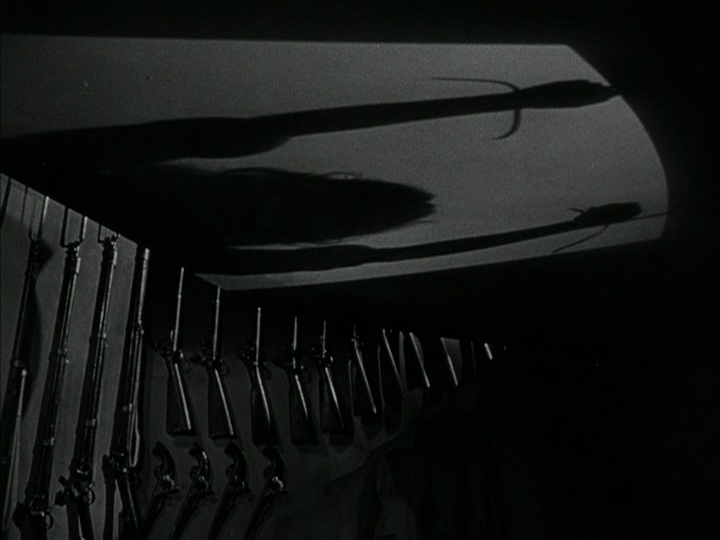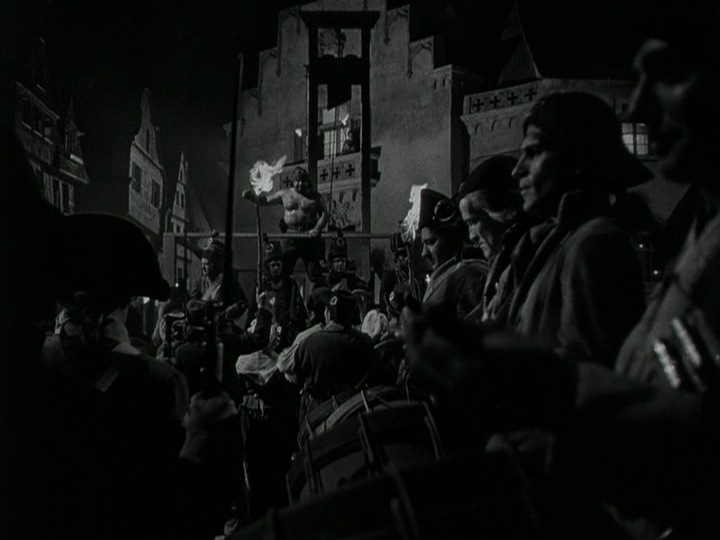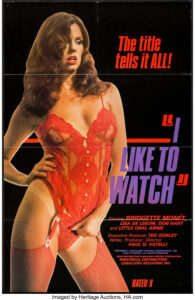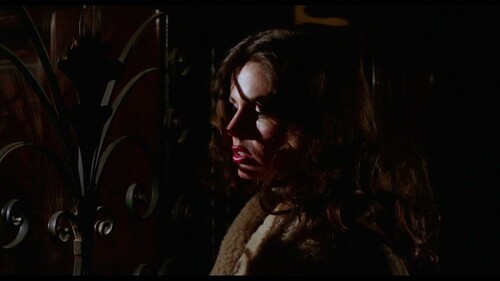|
Genres, Themes, Actors, and Directors:
- Anthony Quinn Films
- Biopics
- Cross-Class Romance
- Joel McCrea Films
- Linda Darnell Films
- Maureen O’Hara Films
- Native Peoples
- Thomas Mitchell Films
- Westerns
- William Wellman Films
Review:
William Wellman’s biographical western of William Frederick “Buffalo Bill” Cody is an interesting attempt to add nuance and authenticity to a “cowboys and Indians” shoot-em-up flick, but ultimately doesn’t quite succeed at its goal. According to Jeff Wilson’s review for “Digitally Obsessed”, Wellman himself noted that the film was:
…meant to be a more cynical look at the legend of Buffalo Bill, but as Wellman described it to Richard Schickel in The Men Who Made the Movies, his co-writer decided that he didn’t want an American legend to be destroyed in that fashion, so the script was discarded and this more sanitized version was produced. Wellman was somewhat ashamed, as he put it, of the finished product, in particular the end.
Cody is shown as generally sympathetic and supportive of Indian culture (and concerned about too many bison being slaughtered), but it’s hard to tell fact from fiction, especially given the critical intervention of ultimate storyteller and myth-maker Ned Buntline (Mitchell) into Cody’s life.
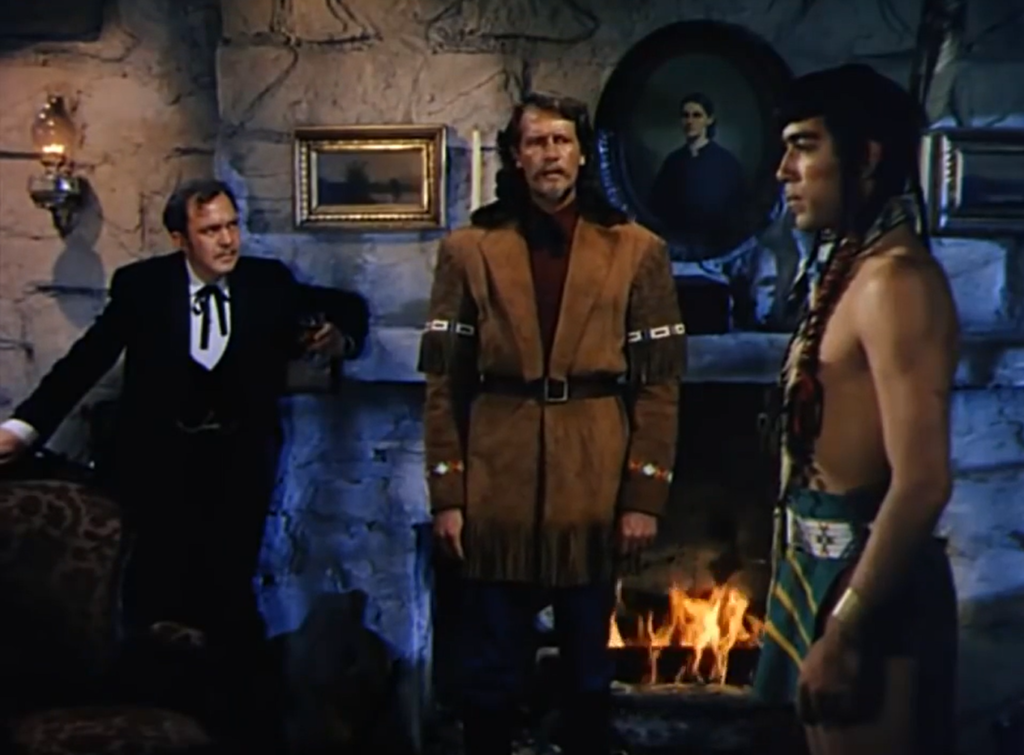
The film’s most discomfiting scenes feature Darnell as an Indian princess who is openly jealous of Cody’s crush on O’Hara (thus adding a bit of “love triangle” tension to the film). In one scene, she helps the semi-literate Cody write a response to O’Hara’s note, looking at him with baleful eyes as she repeatedly attempts to craft an appropriate signature on his behalf. Later, she sneaks into O’Hara’s room and tries on a gown:

O’Hara [entering her room and spotting Darnell in her dress, admiring herself in front of a mirror]: Who are you? [Darnell turns around.] An Indian! What do you mean by breaking into my room and stealing my clothes?
Darnell: I… I didn’t come here to steal.
O’Hara: Maybe you Indians have another word for it, but that’s my dress you have on.
Darnell: I tell you I didn’t come here to steal.
O’Hara: Perhaps you’ll explain to me just what you’re doing in my clothes!
Darnell: I wanted to find out something.
O’Hara: And just what, may I ask?
Darnell: I wanted to find out… if I could be as beautiful as a white girl… in a white girl’s way.
O’Hara [melts, as violins begin playing]: Oh… I see. [smiles and takes Darnell’s hand, showing her the mirror.] There’s your answer. You look beautiful. [beat] I wish your Indian brave could see you now.
Darnell [eyes widen in anger, as pulsing drumbeats re-emerge on the soundtrack]: Indian! [she tears off the dress]
O’Hara: What is it? What did I say to offend you? Please… I’d rather you kept it. It was so becoming on you.
Darnell: I don’t believe you! You don’t want it because an INDIAN wore it! [throws dress at O’Hara]. Indian! [said as she climbs out the window].
This scene could be deconstructed in countless ways — but suffice it to say that Darnell’s character is openly ashamed of being Indian, and only believes she can have worth (and Cody’s heart) by looking beautiful in a “white girl’s way”. Meanwhile, the entire romance between McCrea and O’Hara lacks conviction:
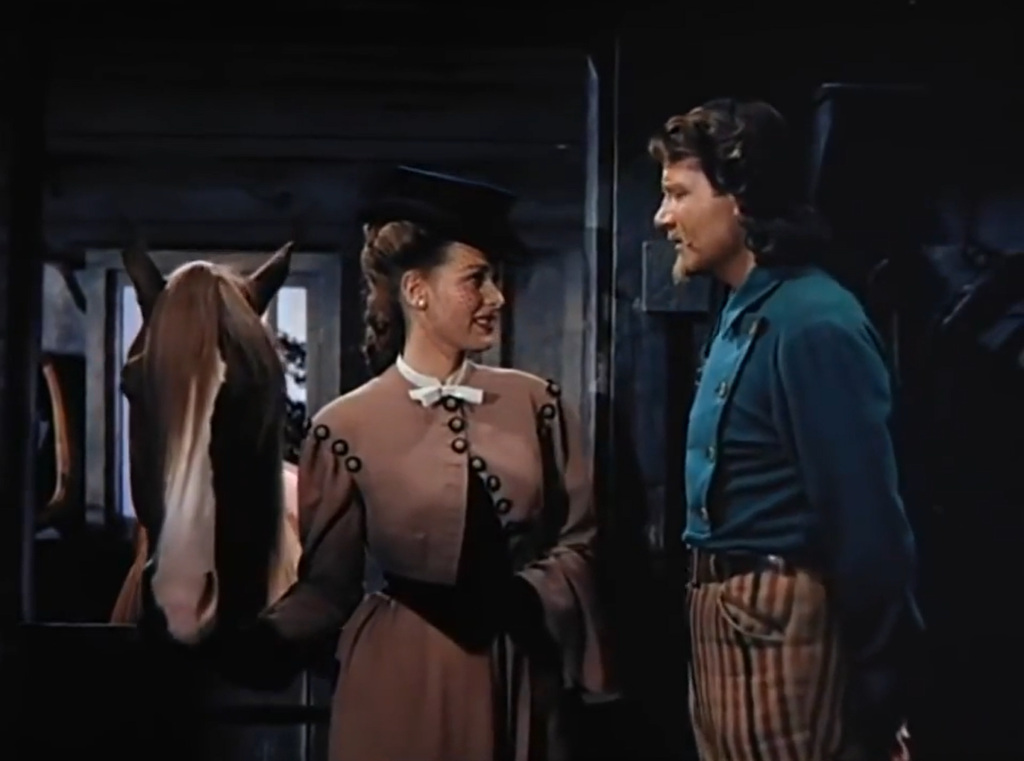
We’re not given much insight into why Cody would be so attracted to her other than her beauty, and their ongoing clash in lifestyles (who knew?!) simply serves as a predictable plot element driving narrative tensions forward.
Note: Nine years after his supporting role in Annie Oakley (1935) as Buffalo Bill, Moroni Olsen was cast in essentially a cameo role here as the father of the woman Buffalo Bill marries — a nifty touch for those keeping track.
Redeeming Qualities and Moments:
- Fine Technicolor cinematography

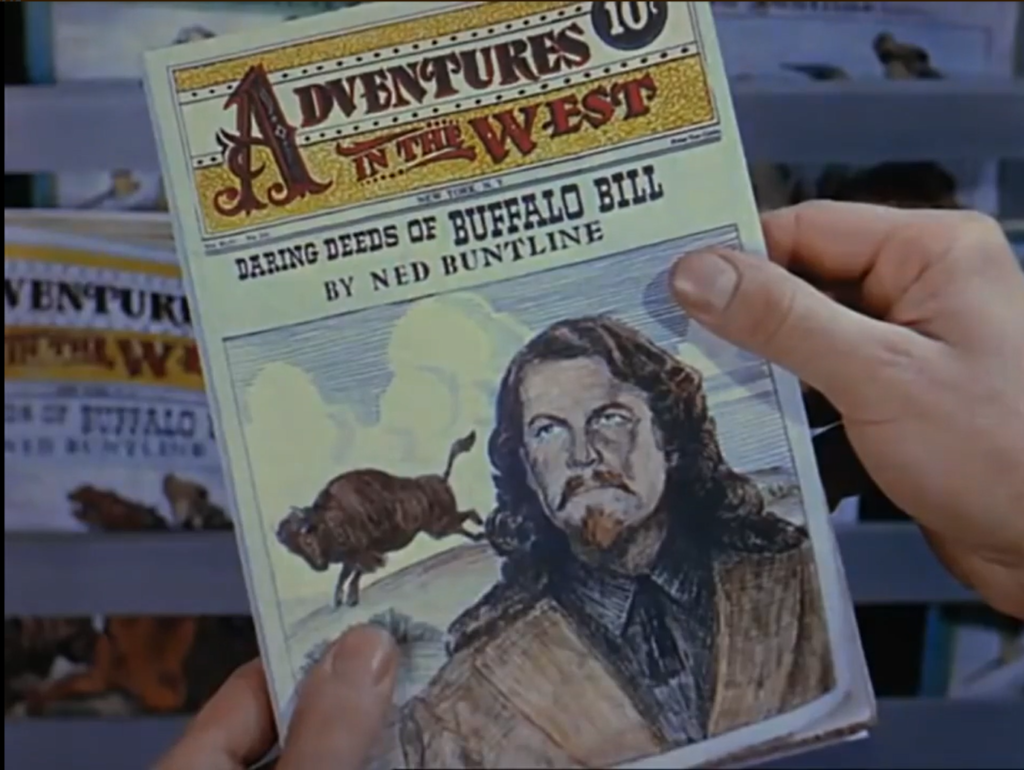
Must See?
No; feel free to skip this one.
Links:
|





